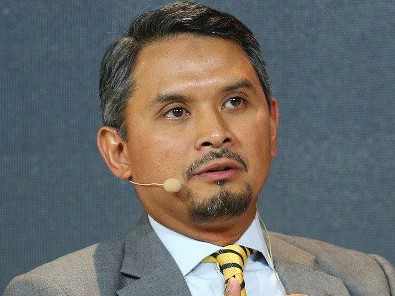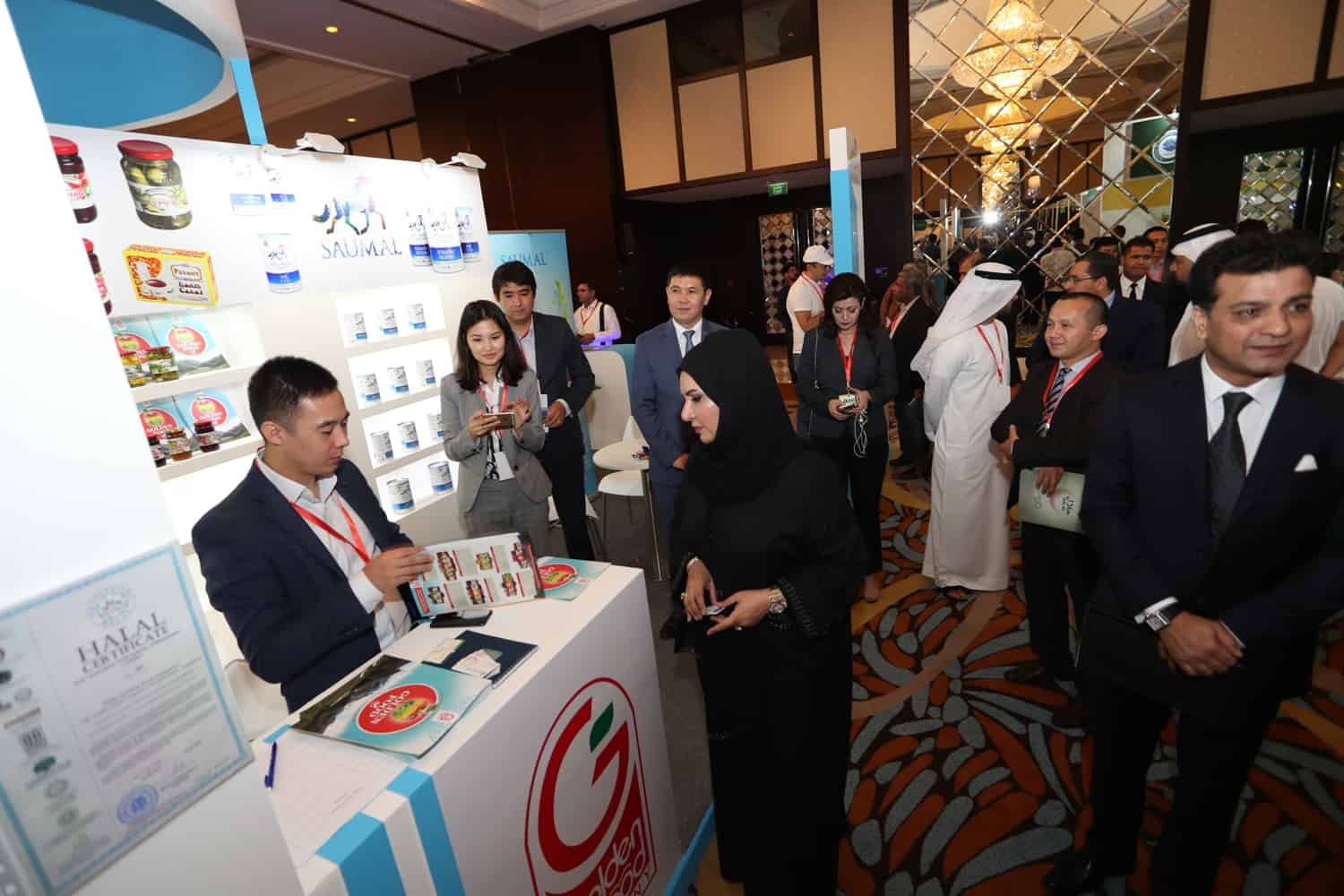The expansion of the global halal industry has resulted in a steady increase in its market size from $3.2 trillion in 2014 to $5.6 trillion in 2021, registering an impressive growth of 75 percent during this period.
Even though the COVID-19 pandemic has hit the growth performance and deteriorated prospects for the halal industry, it is estimated that the size of the global halal market will climb to $7.7 trillion mark in 2025.
In the GCC, the halal food market reached a value of US$ 58.2 billion in 2021. In fact, the wide presence of the Muslim population who abide by the Islamic Shariah norms as a part of their religious beliefs is primarily driving the demand for halal food products.
Additionally, the growing number of stringent regulatory frameworks that consist of mandatory halal labeling and certification rules for food and beverages is also propelling the market growth.
Islamic banks key players

Beside halal food business, the Islamic banking sector held the largest portion of the halal industry in 2021, accounting for 64 percent in the same year. It was followed by halal food at 22 percent, modest fashion at 5 percent, and media & recreation at 4 percent in the same year.
According to S&P Global Ratings, 2021, the global Islamic finance sector is expected to grow 10 percent to 12 percent over 2021-2022 due to increased Islamic bond issuance and a modest economic recovery in the main Islamic finance markets.
The GCC region represented 41 percent of the global Islamic financial services, with Saudi Arabia, UAE, Qatar, Kuwait, Bahrain & Oman representing a combined asset worth $1,495 billion as of 2021, according to the state of the Global Islamic Economy Report, 2022
Saudi Arabia holds the largest market share with $826 billion in Islamic Finance assets, while UAE stood at $251 billion
The GCC countries rank according to the Global Islamic Economy Indicator (GIEI) as the following: Saudi Arabia (second), UAE (third), Bahrain (sixth), Kuwait (eighth), Oman (11th) & Qatar (12th).
UAE and Saudi Arabia tops the list
According to Nik Joharris Nik Ahmad, country head of the Maybank Islamic Dubai-DIFC, the UAE and Saudi Arabia are the most active GCC countries in terms of halal economy.
The UAE ranked first among the top 20 countries in terms of the number of M&A, VC, and PE deals in 2020-21, followed by Saudi Arabia in fourth, Bahrain in 14th, Kuwait in 18th, and Oman in 19th.
Moreover, the UAE was placed in the top three in seven investment categories: halal food, Islamic finance, Muslim-friendly travel, modest fashion, pharma, cosmetics & media. On the other hand, Saudi Arabia was top three in only two investment categories: Islamic finance and modest fashion.
A promising market
Nik Ahmad believes that the size of the global halal market will climb to $7.7 trillion mark in 2025, and Islamic Finance is projected to grow by 7.9 percent to $4.9 trillion by 2025.
He attributed this to main factors that will influence the growth:
-A large, fast-growing, and young Muslim population. The Muslim demographic is one of the strongest demand drivers of the Islamic economy. It is estimated to have reached 1.9 billion in 2020; it covers almost 25 percent of the global population.
-Expanding global Islamic economies. Based on the latest IMF GDP, the compounded annual growth rate (CAGR) of the OIC economy is expected to be 7 percent between 2020-2026 compared to the global average of 6.4 percent within that period
– Islamic values drive choices for halal products and services. The increasing sense of adherence to religion will push the demand and spending on halal products and services among Muslim consumers
– Digital connectivity and the rise of e-commerce High internet penetration and high e-commerce adoption across several Muslim-majority countries are expected to keep growing in the post-COVID era.
– Growth of ethical consumption. With the rise of ethical consumerism, many halal brands have attracted both Muslim and non-Muslim consumers.








